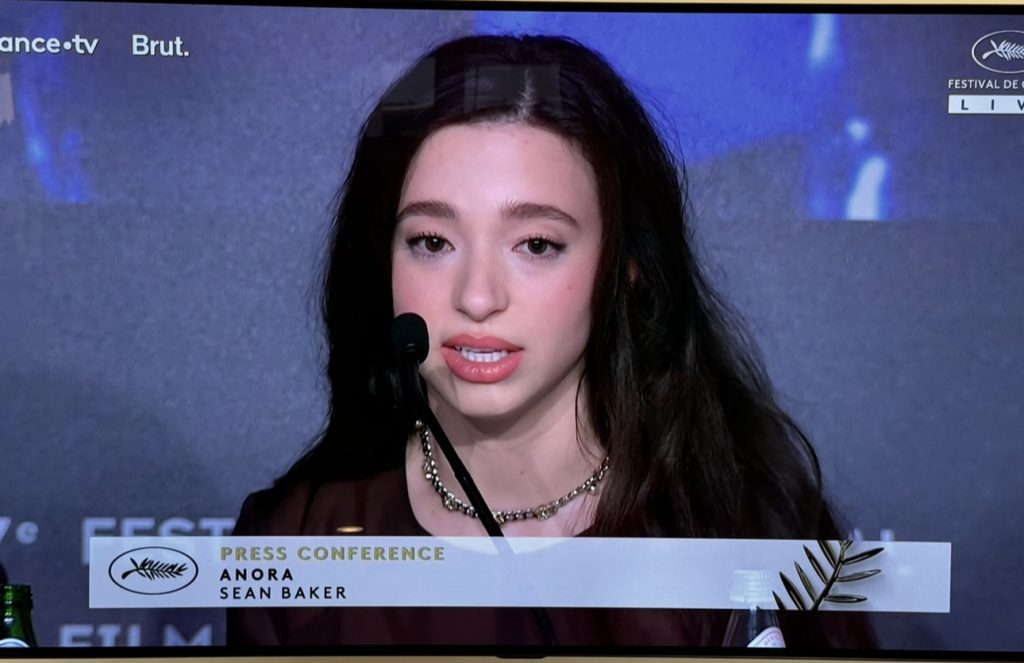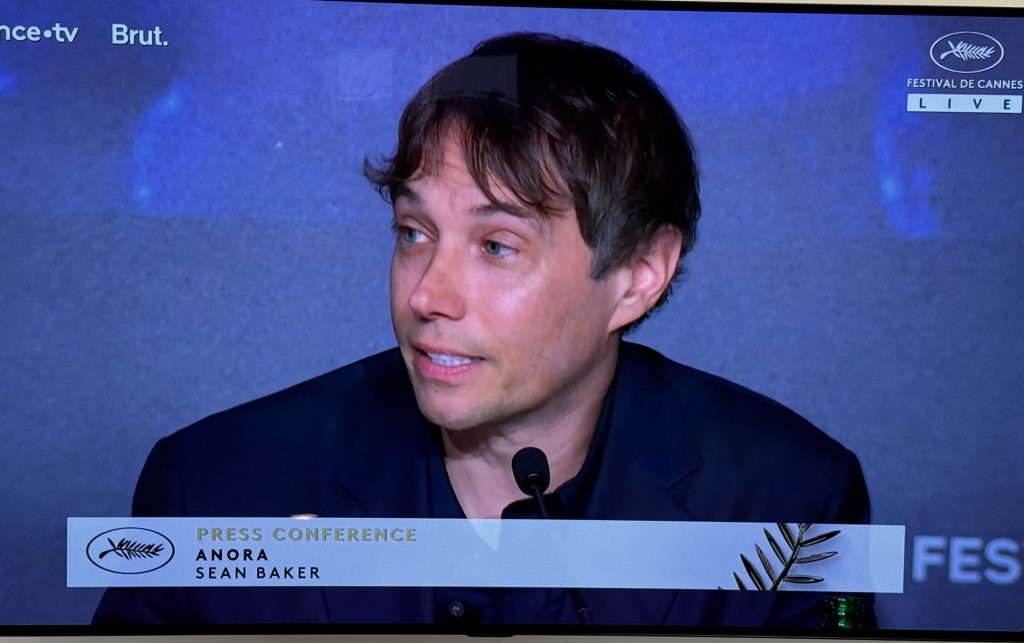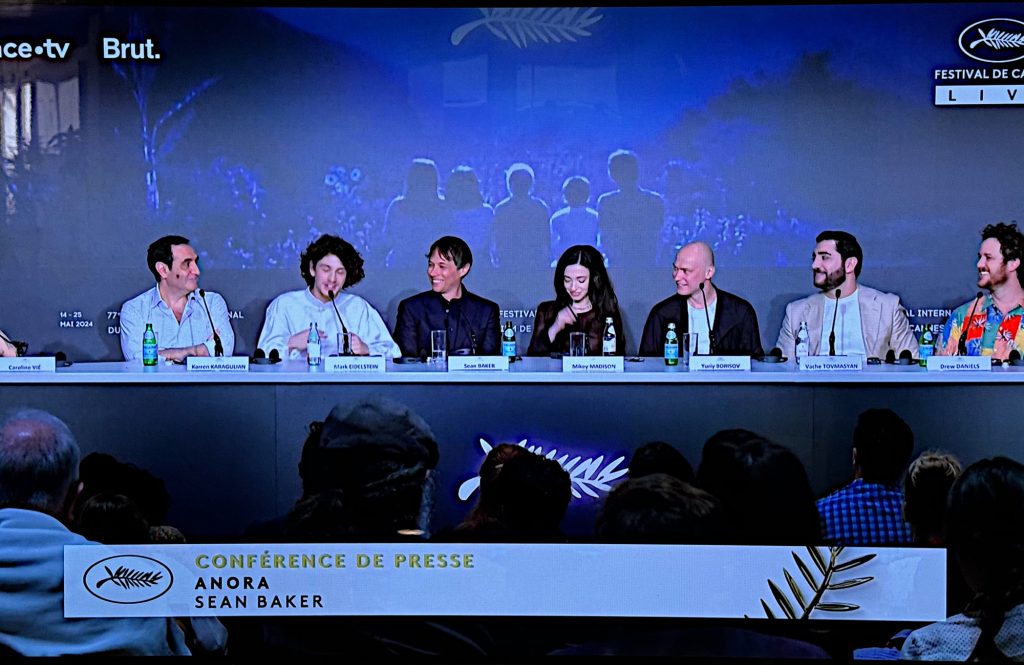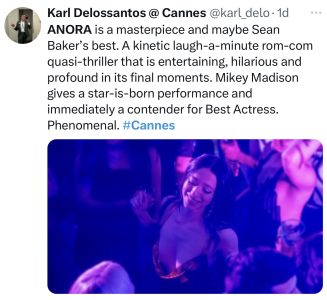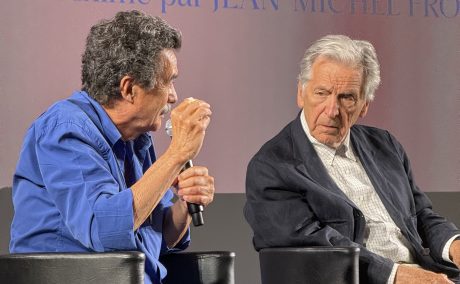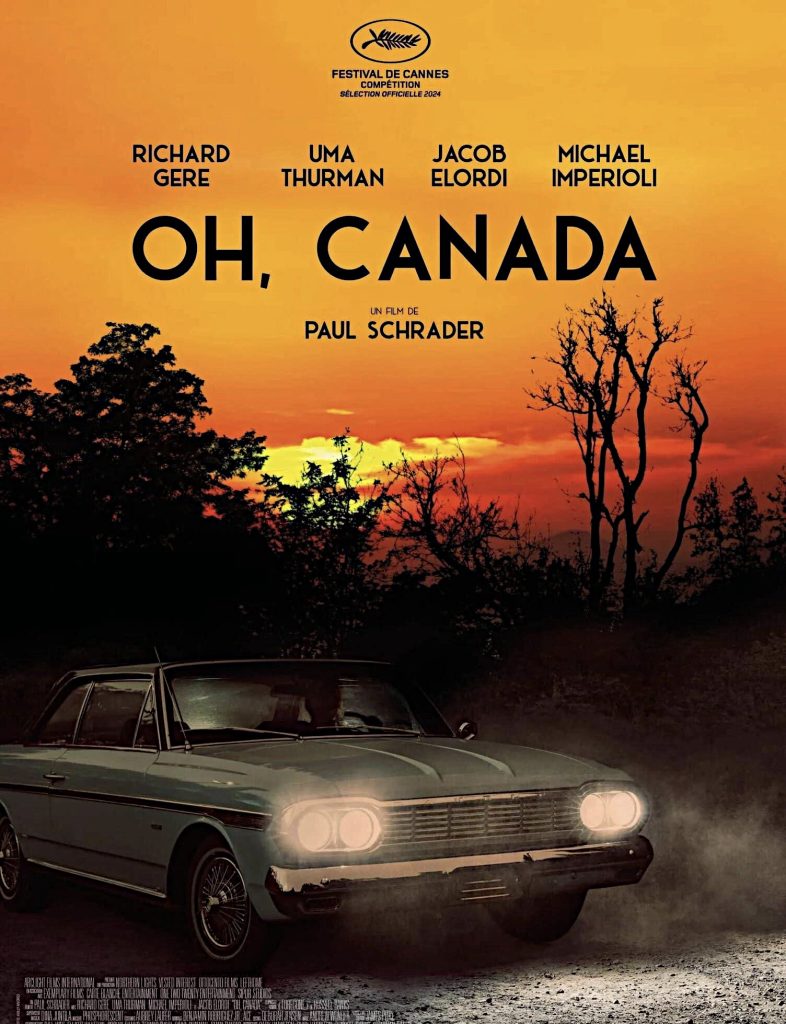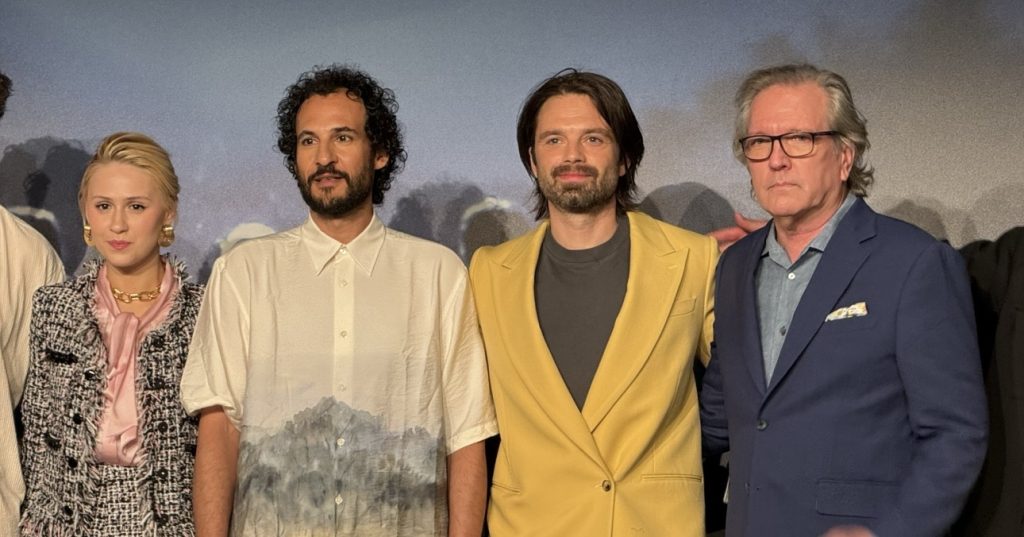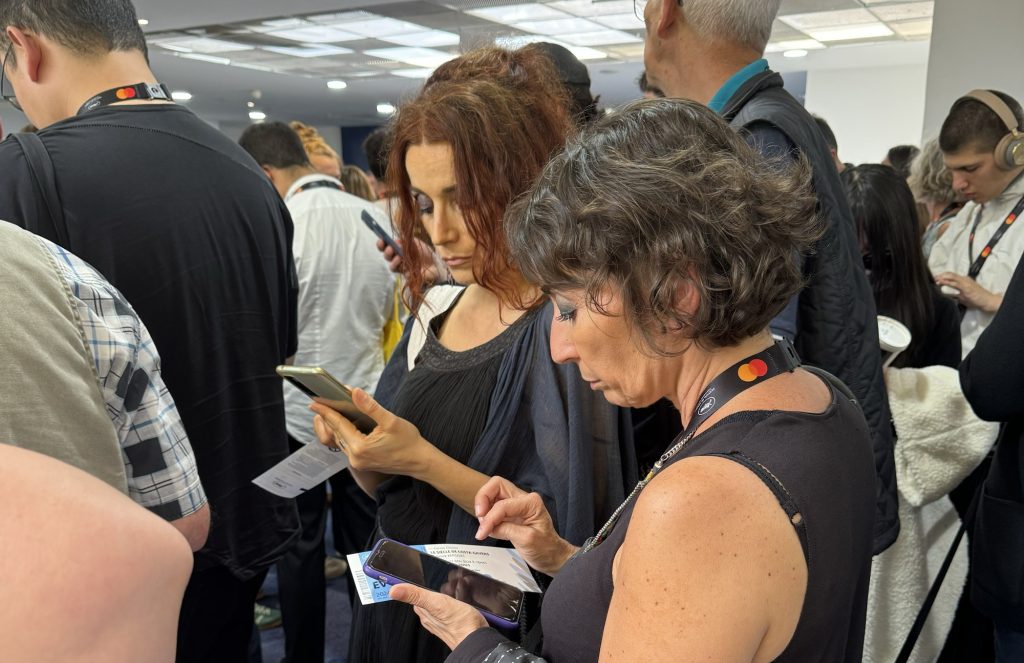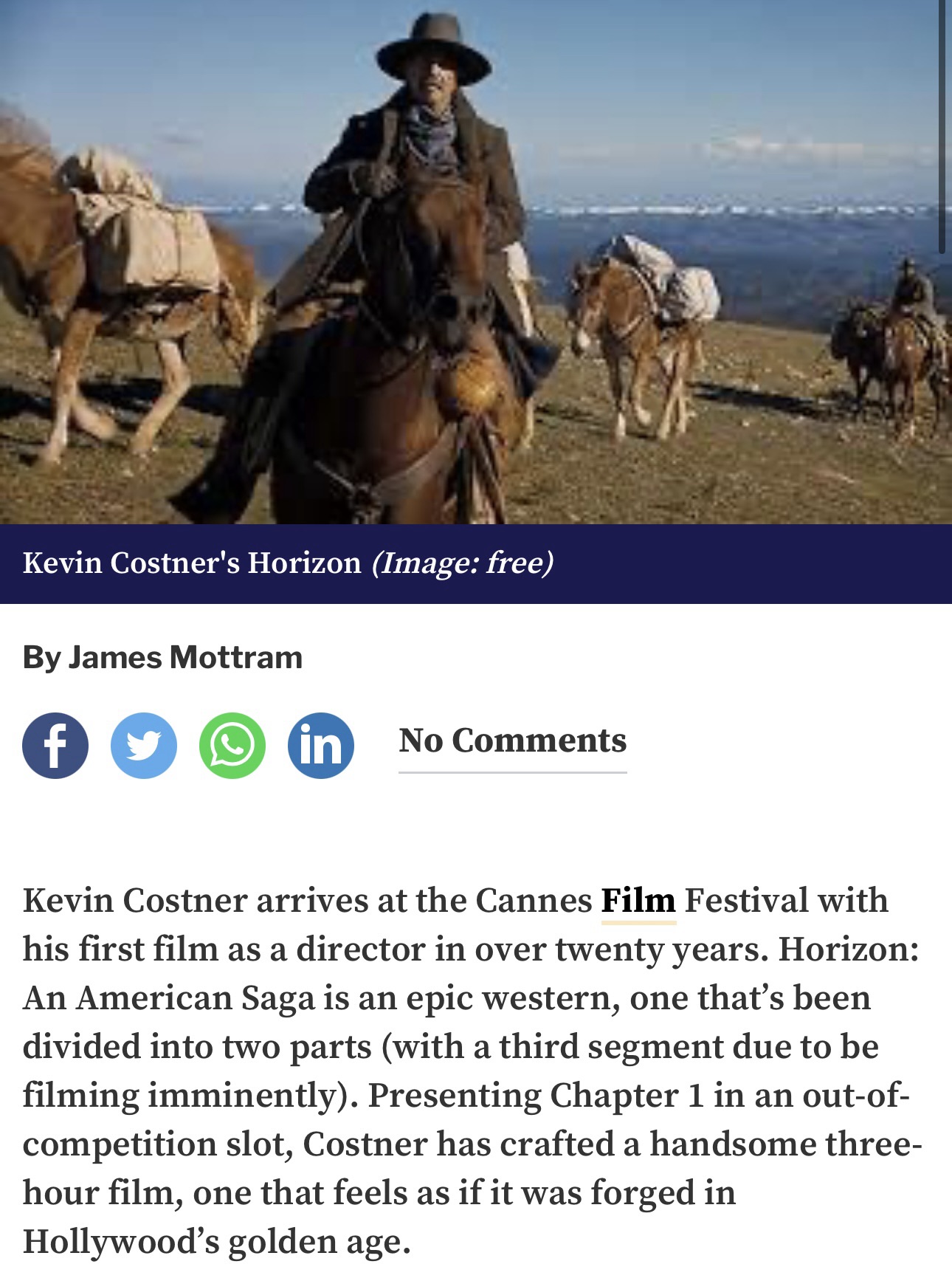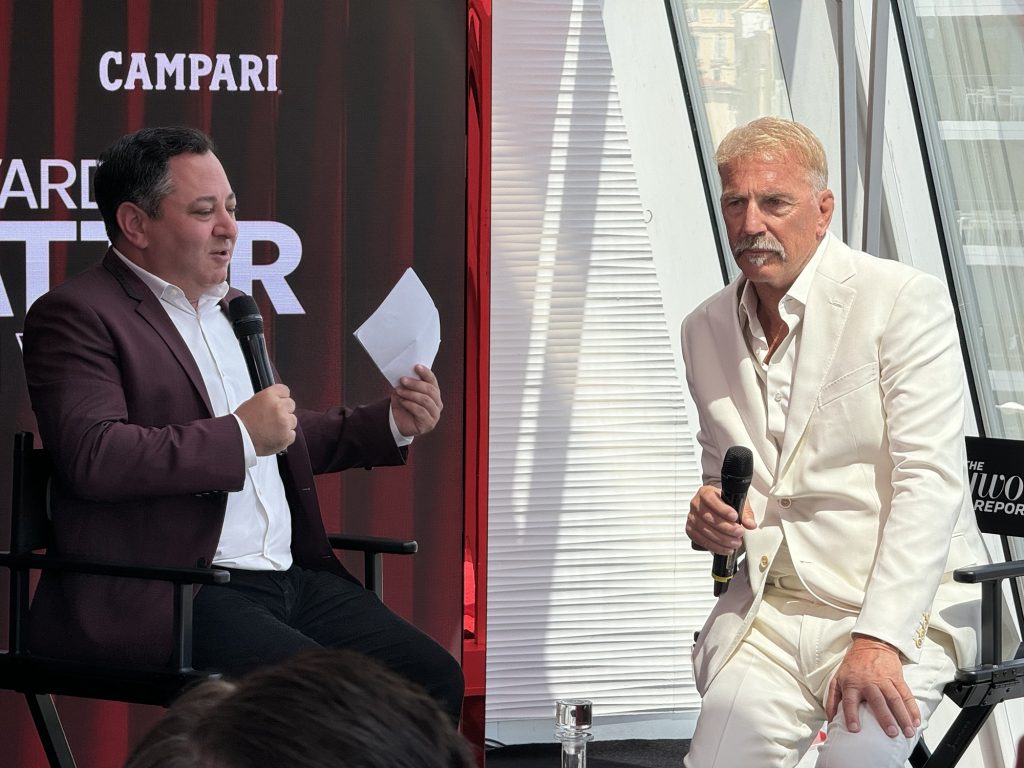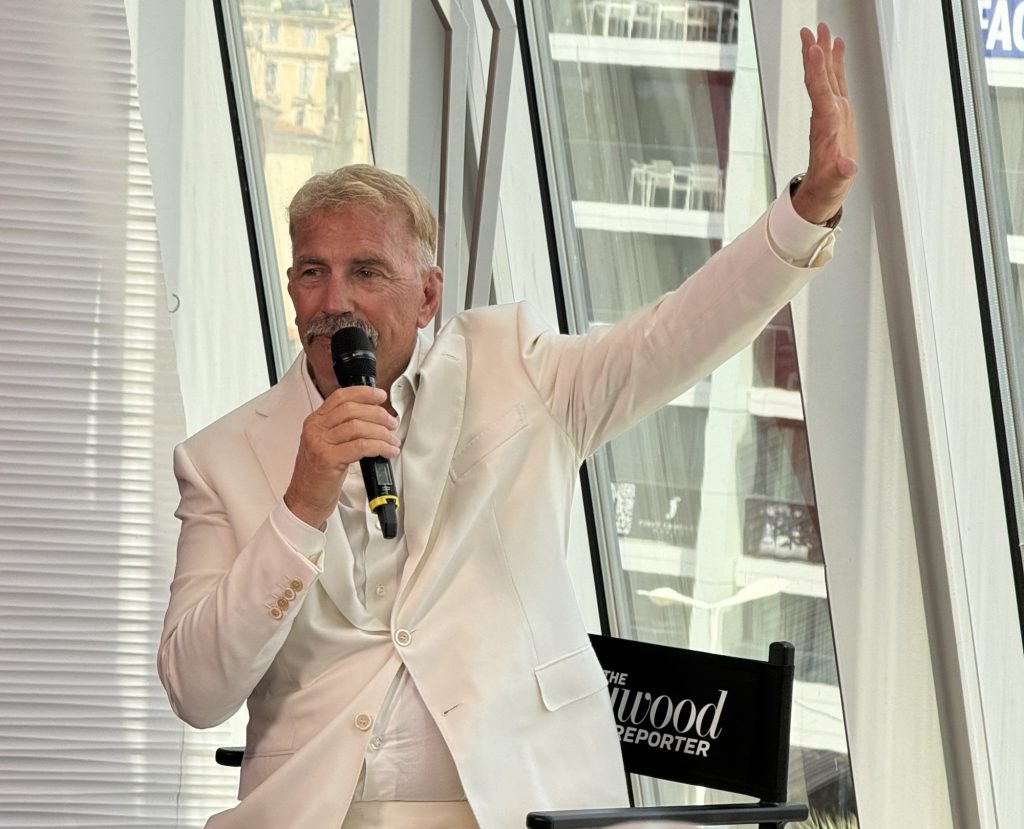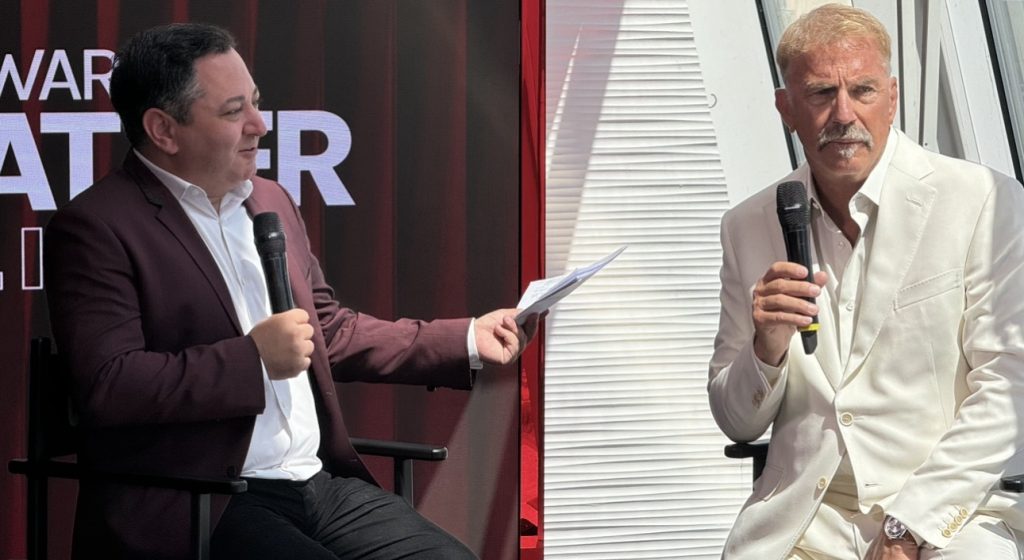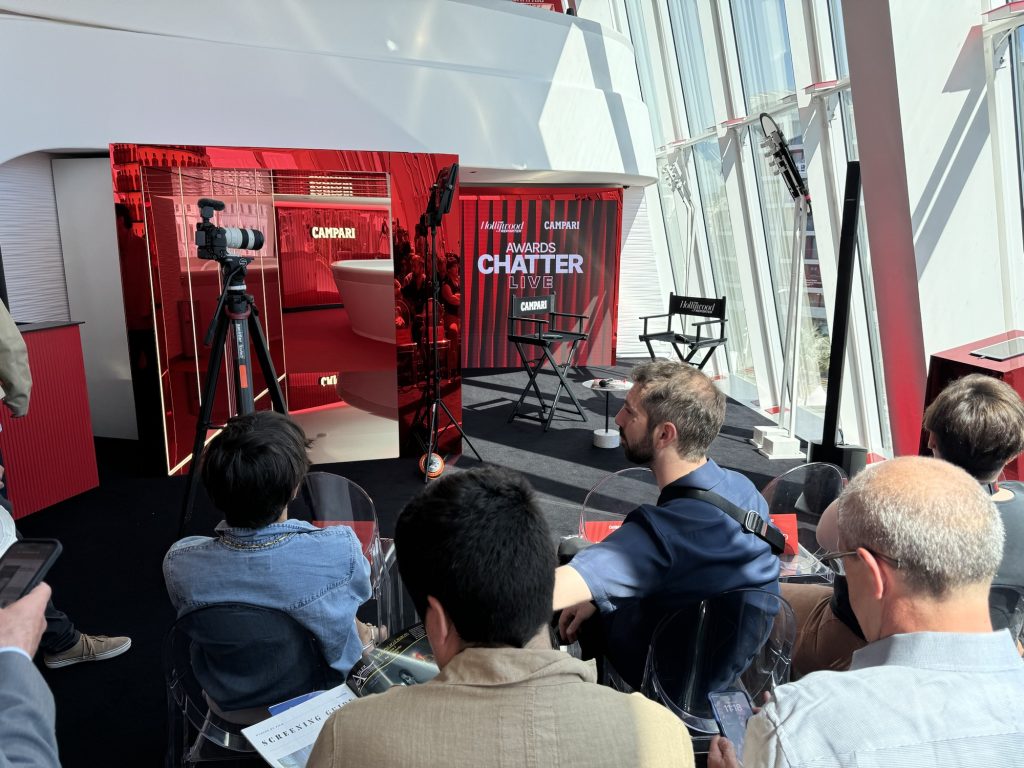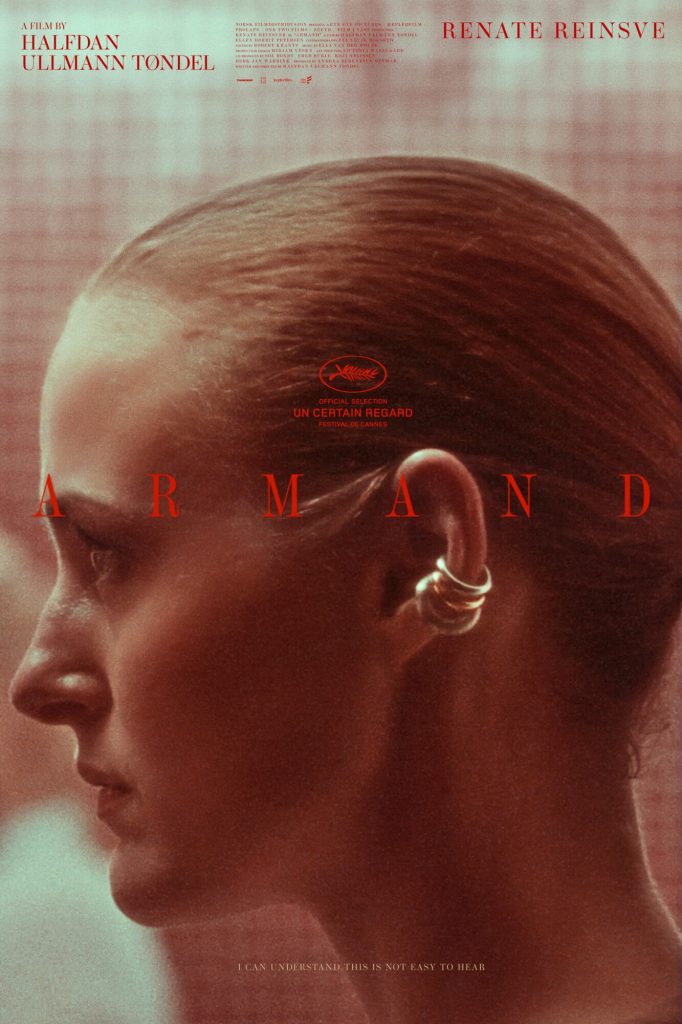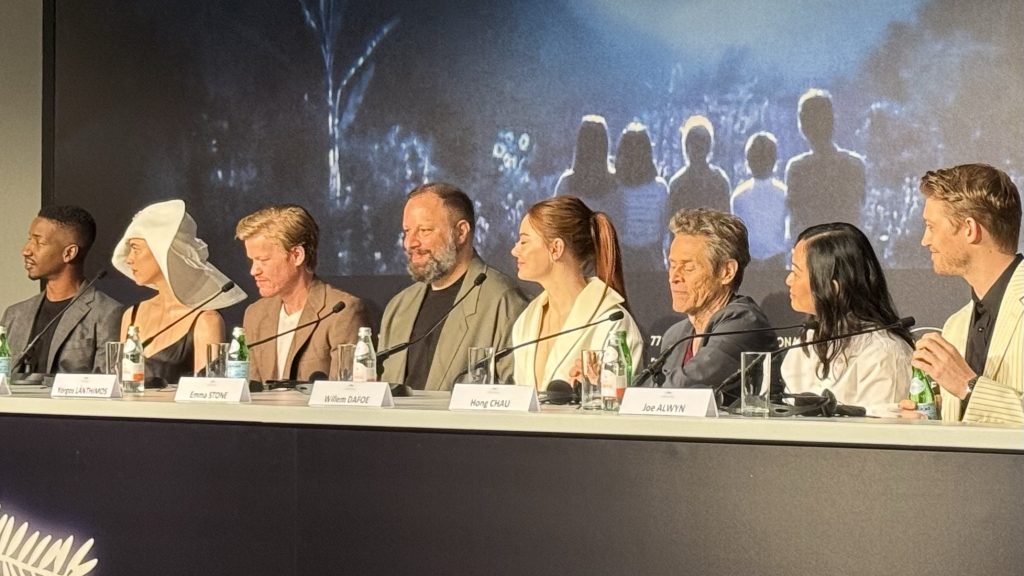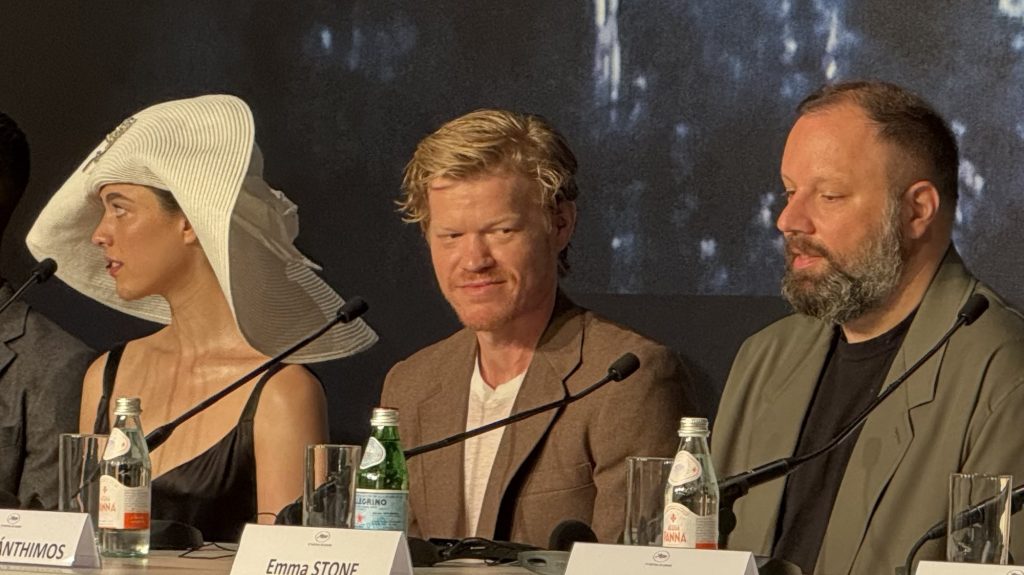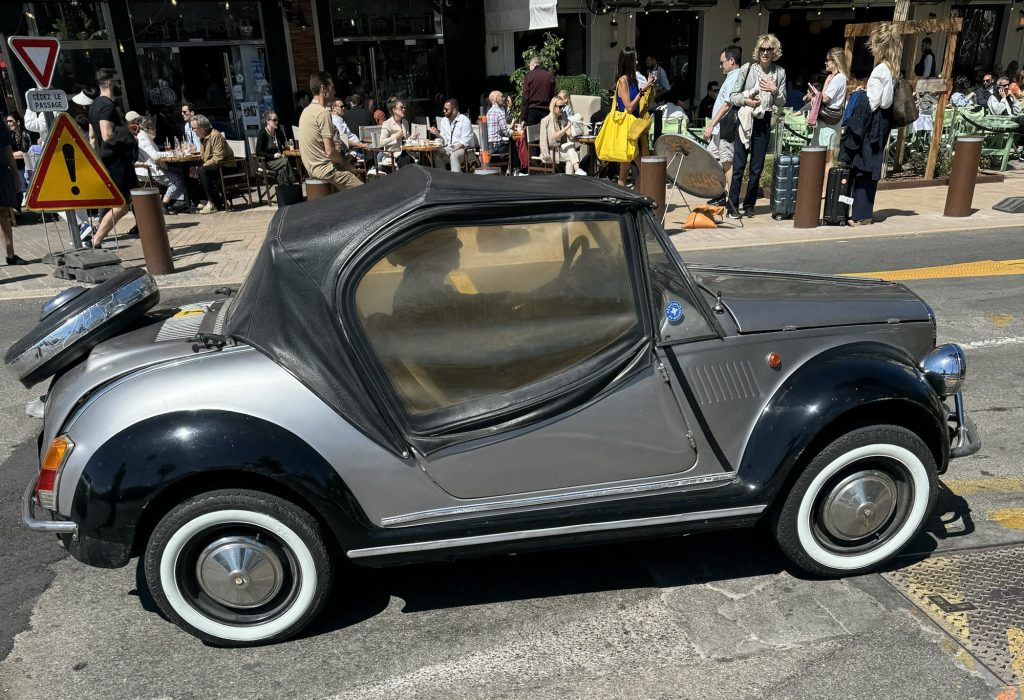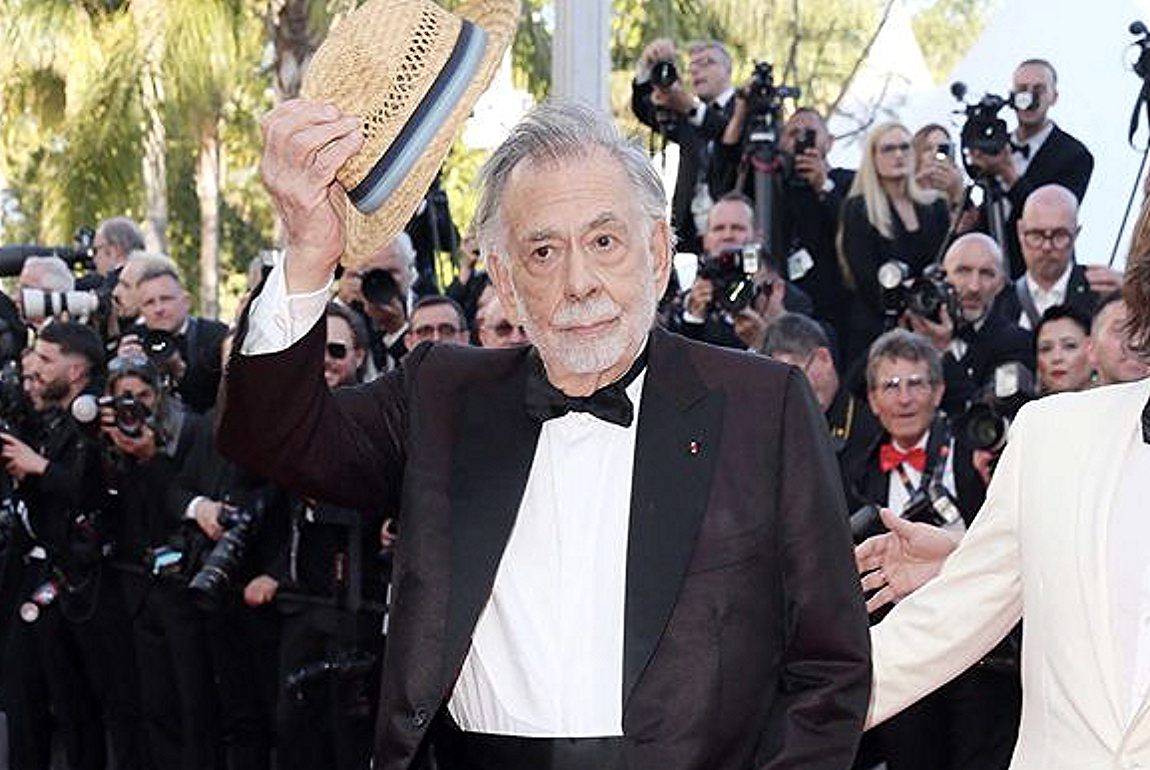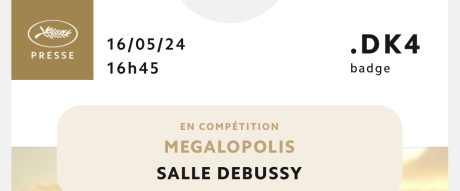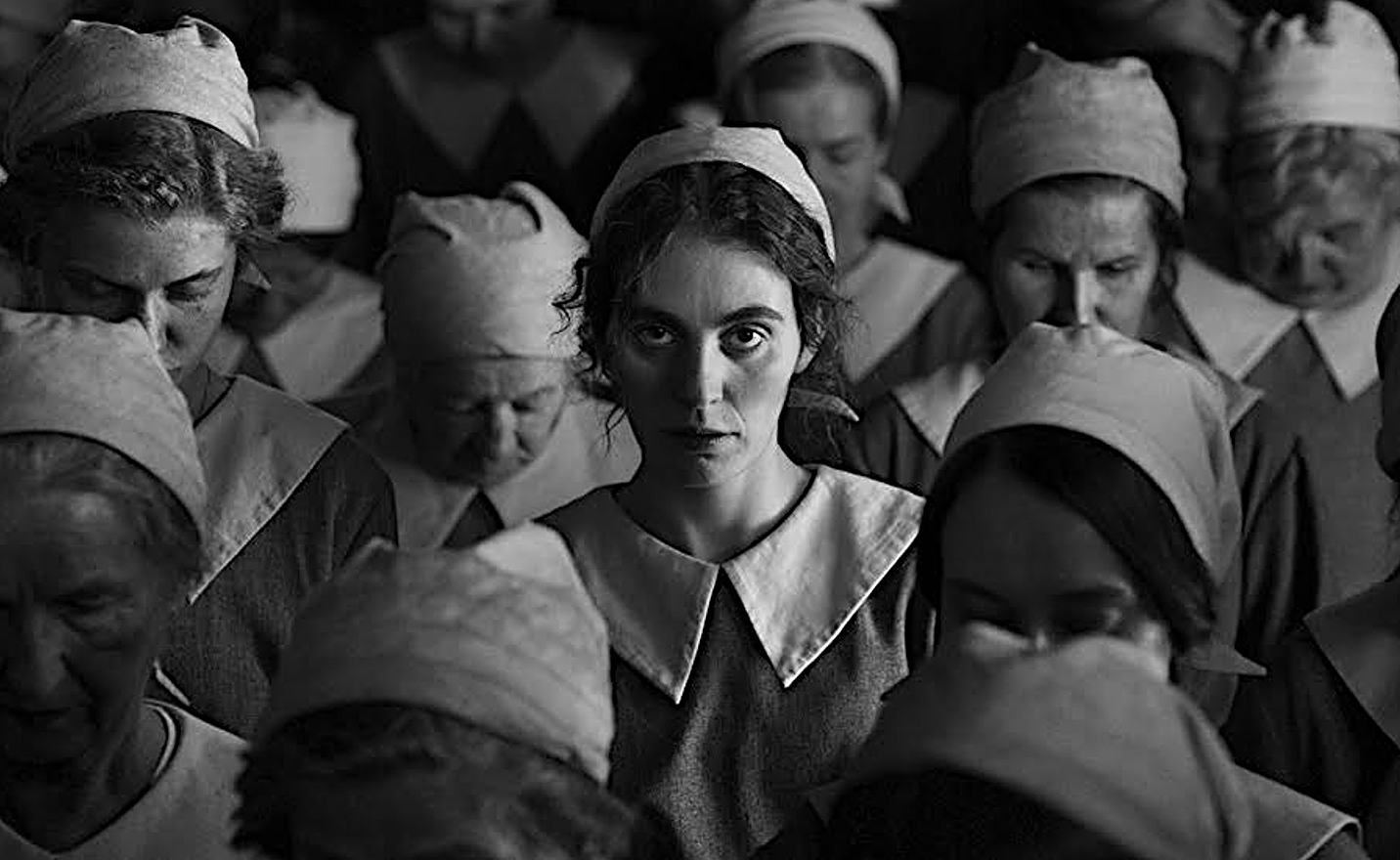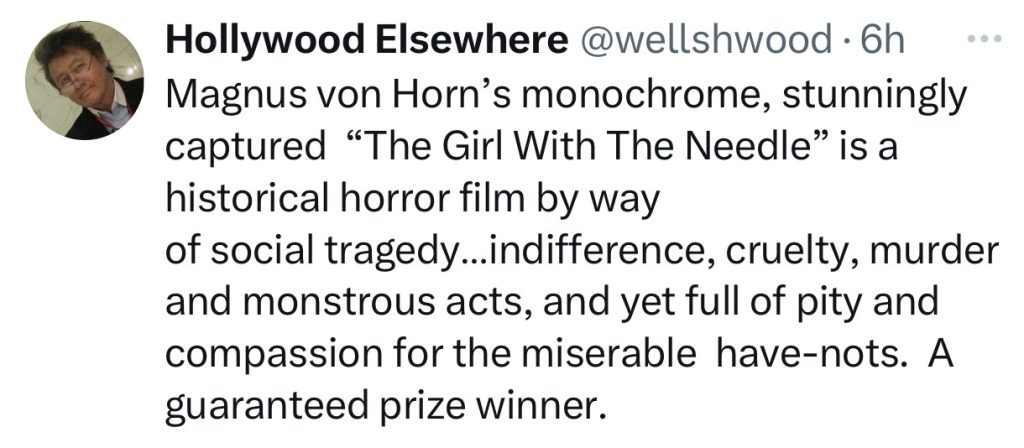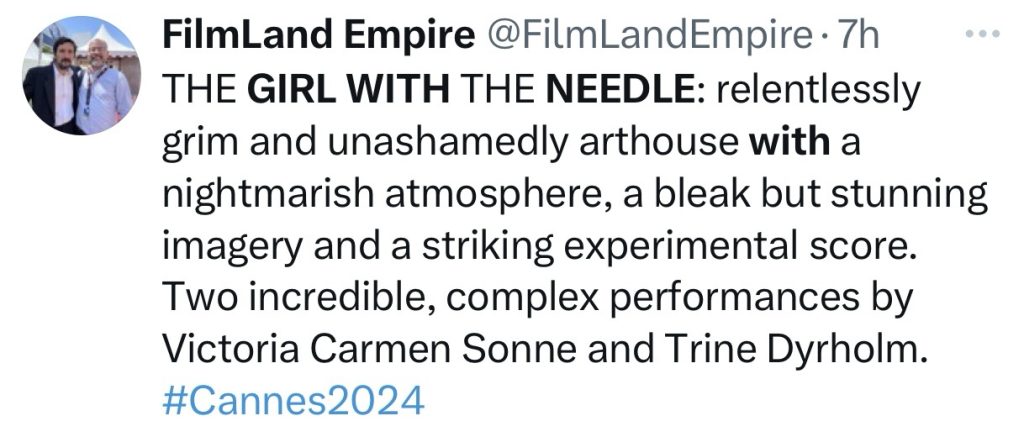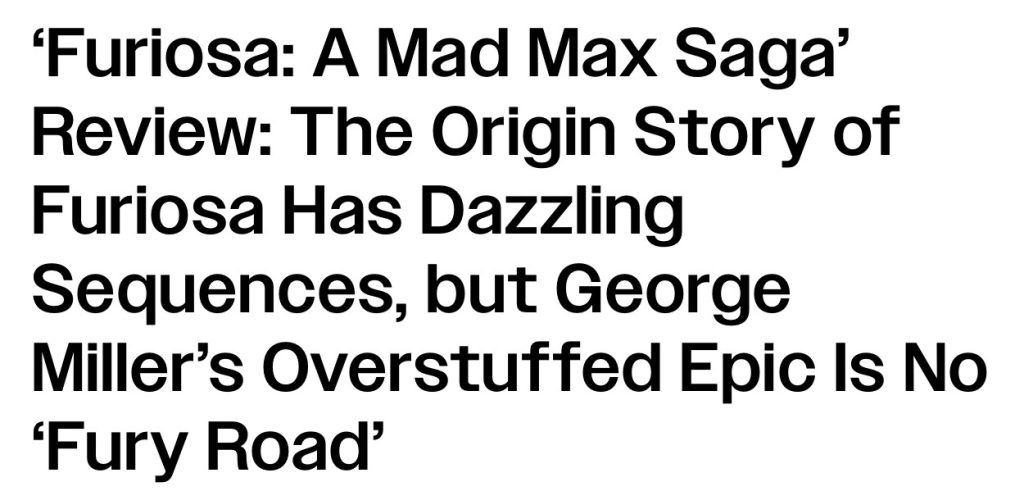This morning I finally saw Sean Baker’s Anora, which everyone seems to believe is destined to win the Palme d’Or. I’m onboard with this prediction, and it’ll be doubly satisfying (for me at least) if Baker’s film prevents Jacques Audiard’s audacious but flawed (as in totally unbelievable) trans musical Emilia Perez from snatching the big prize.
I’ve been searching high and low for a Cannes film that would take the strut out of Perez, and now…glory hallelujah!
On top of which Anora isn’t the least bit wokey — no militant trans or gay stuff, no #MeToo currents, no POC or progressive castings, no 2024 Academy mandate inclusions for their own sake and in fact blissfully free of that whole pain-in-the-ass checklist mindset.
Baker’s loud, coarse and emotionally forceful film, mostly set in southern Brooklyn (an area close to Coney Island and Little Odessa) with two side journeys to Las Vegas, is entirely about straight white trash, and yet a certain amount of soul, grace and dignity are allowed to emerge at the very end.
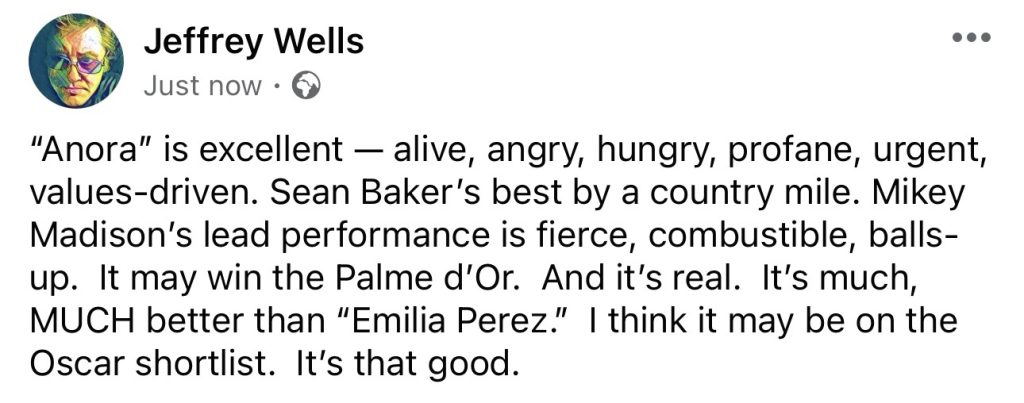
It’s basically a social-conflict, family-values story (written as well as directed by Baker) about money, sex, arrogance, rage, outsider sturm und drang and a truly bountiful blend of incredible bullshit, screaming hostility and straight talk.
The first act is exasperating (mostly vulgar behavior by profligate 20something party animals) but once a certain family gets involved…look out.
The Anora battle is between the cynical, sex-working, Russian-descended titular character (Mikey Madison, who played the hysterical, screechy-voiced Susan Atkins in Once Upon a Time in Hollywood) who prefers the colloquial “Ani” vs. a demimonde of vulgar, grotesquely wealthy Russians, principally Mark Eydelshteyn’s Ivan, the wasteful-idiot son of a Russian oligarch, and one or two none-too-bright Armenians.
And yet it ends on a note of honest emotional admission and revelation even. There’s actually a decent dude in this film, played by Yuriy Borisov…a Russian fellow who isn’t a ferociously propulsive wolverine…imagine.
Madison is a revelation — she deserves to win the Best Actress prize. Out of the blue, her career has been high-octaned and then some.
Neon is distributing Anora — easily the strongest film they’ve ever gotten their mitts on.
Friendo on “okay” Emilia Perez: “It feels like AI Almodóvar. It checks 17 boxes, but it’s not moving — you don’t swoon. It’s actually rather conservative when it comes to the trans thing. Ten years from now, it’ll play like a trans minstrel show.”
